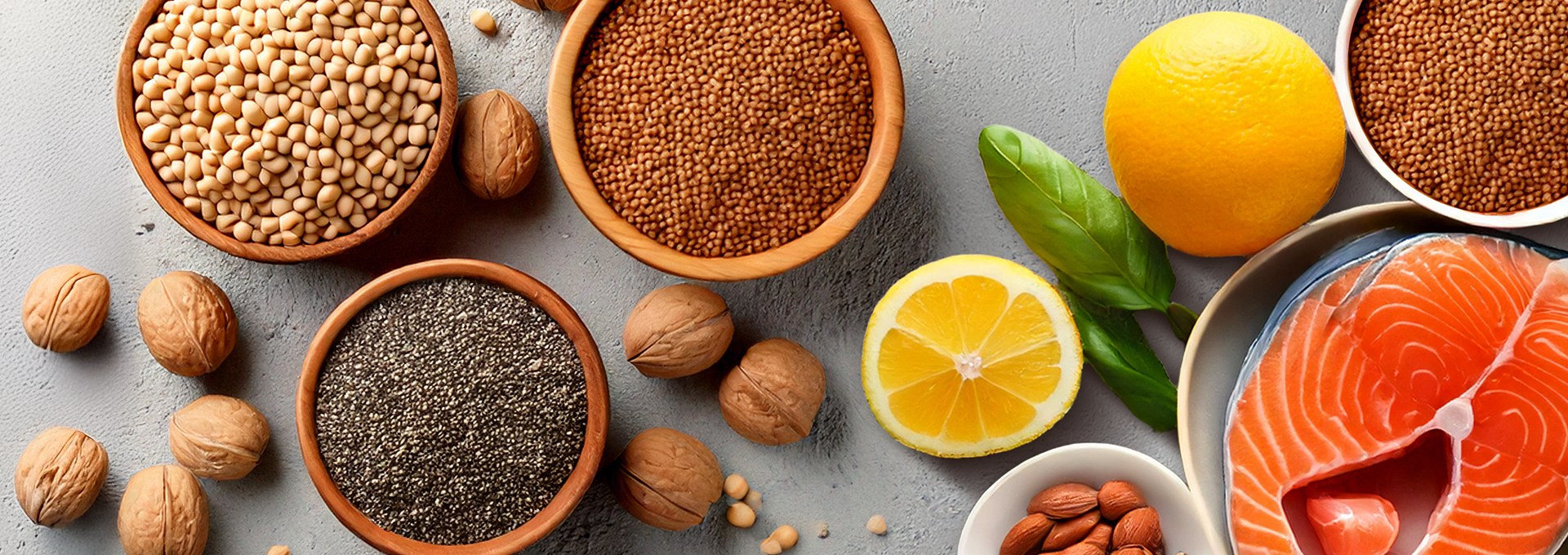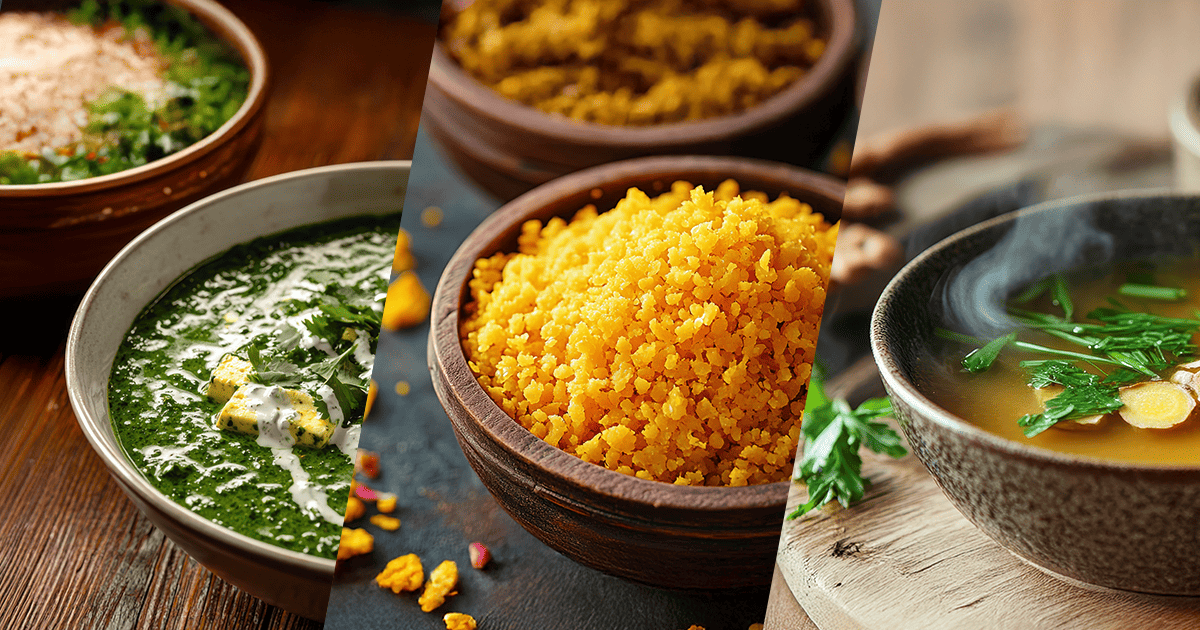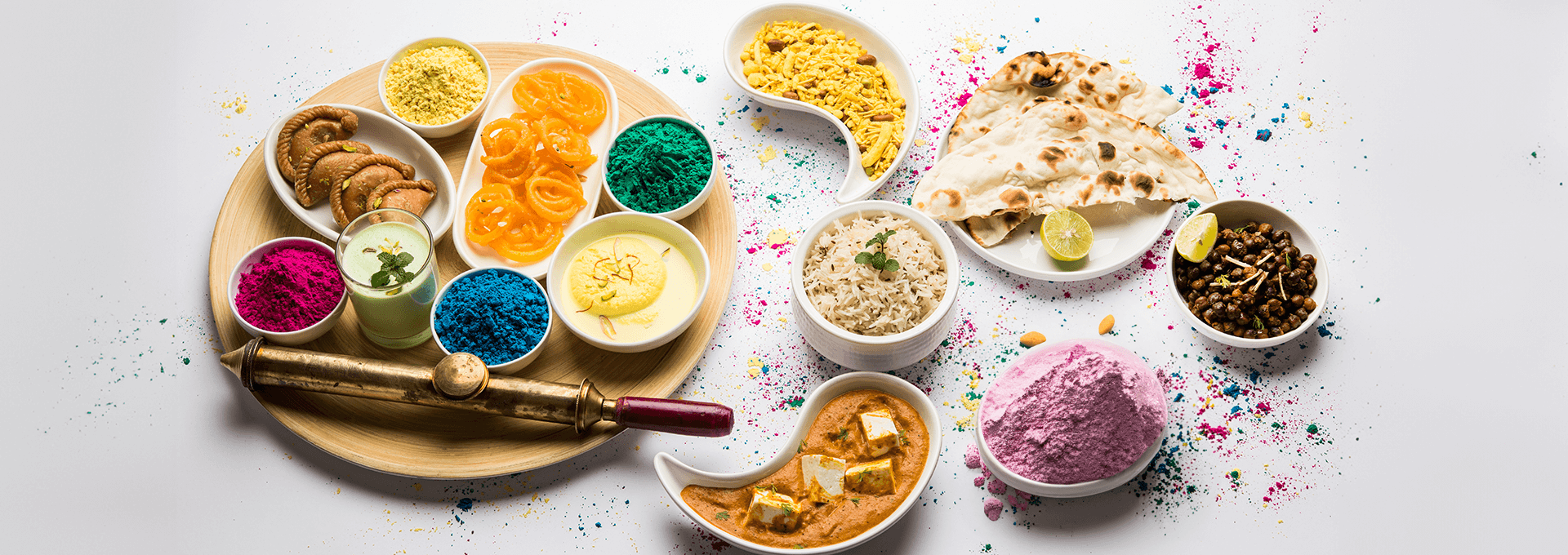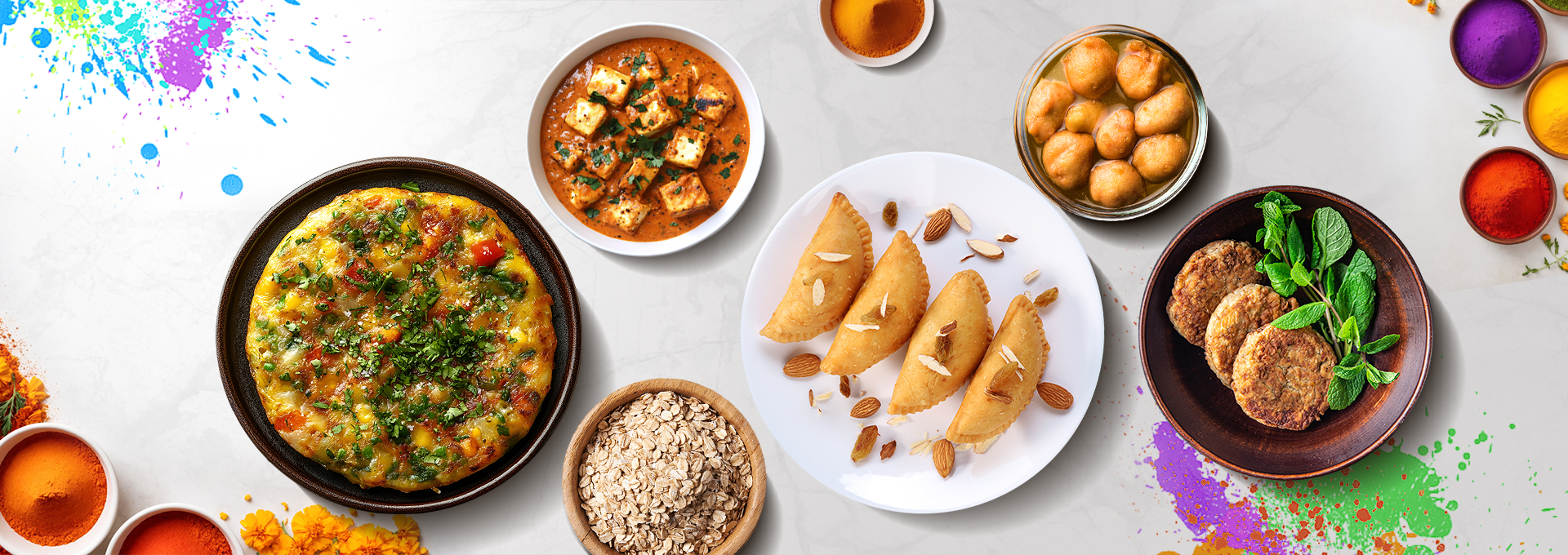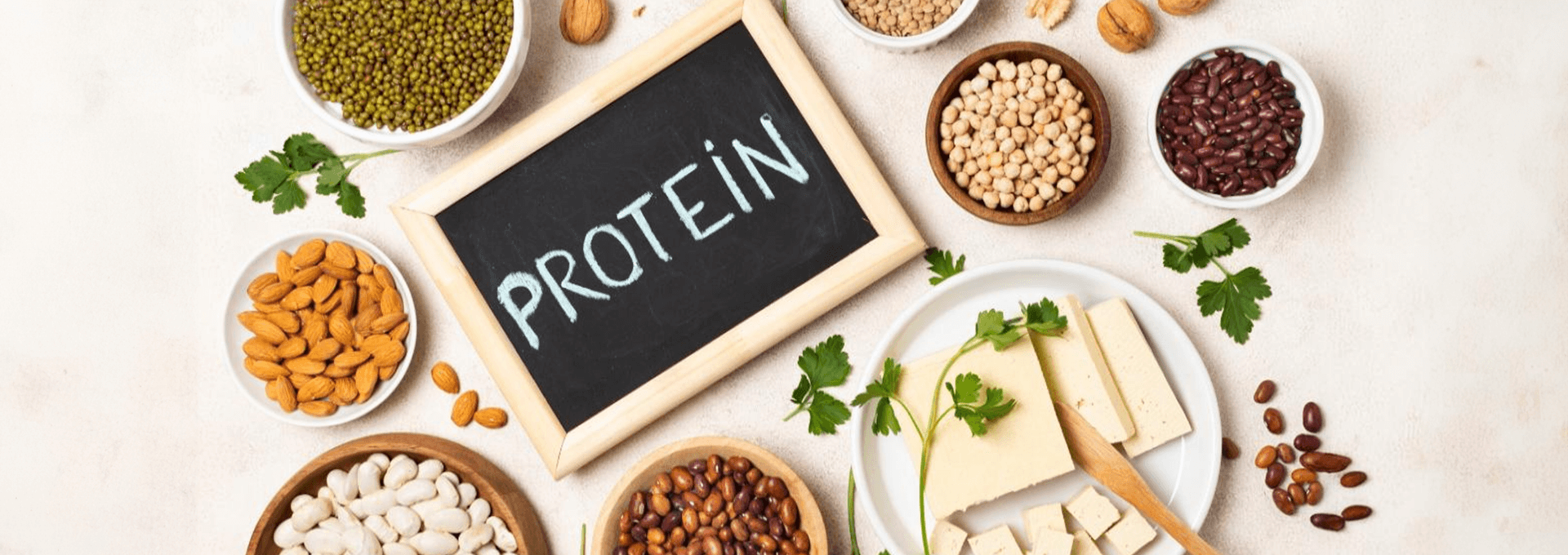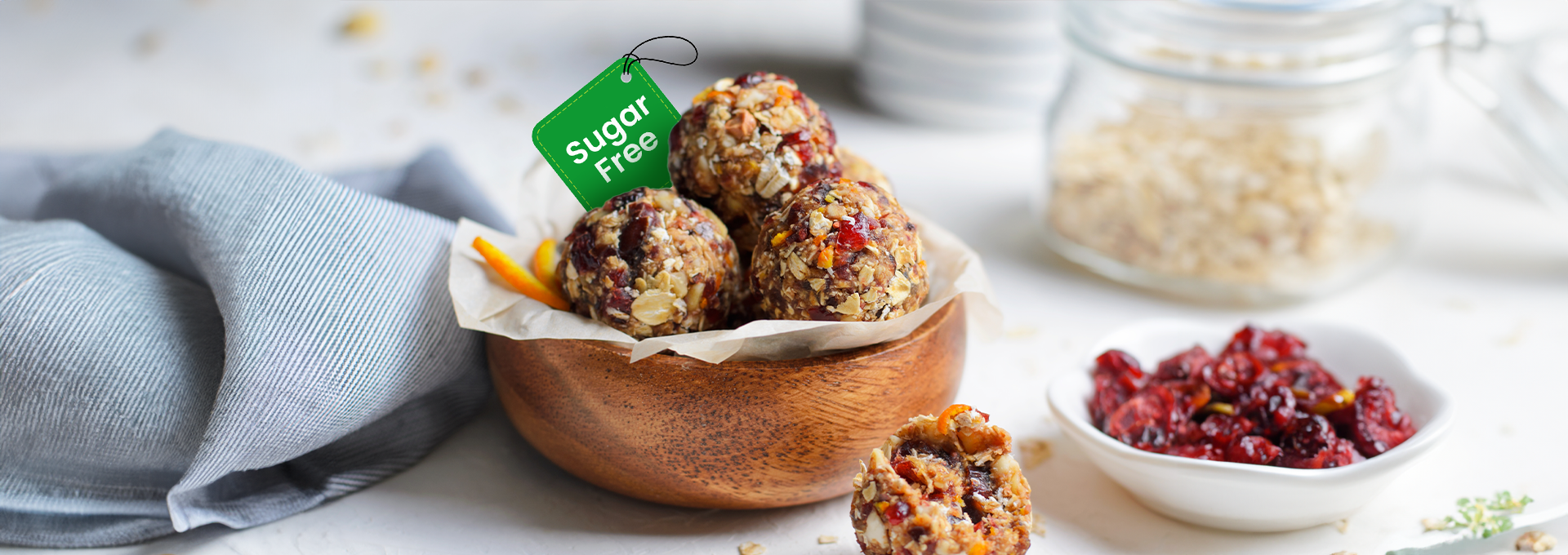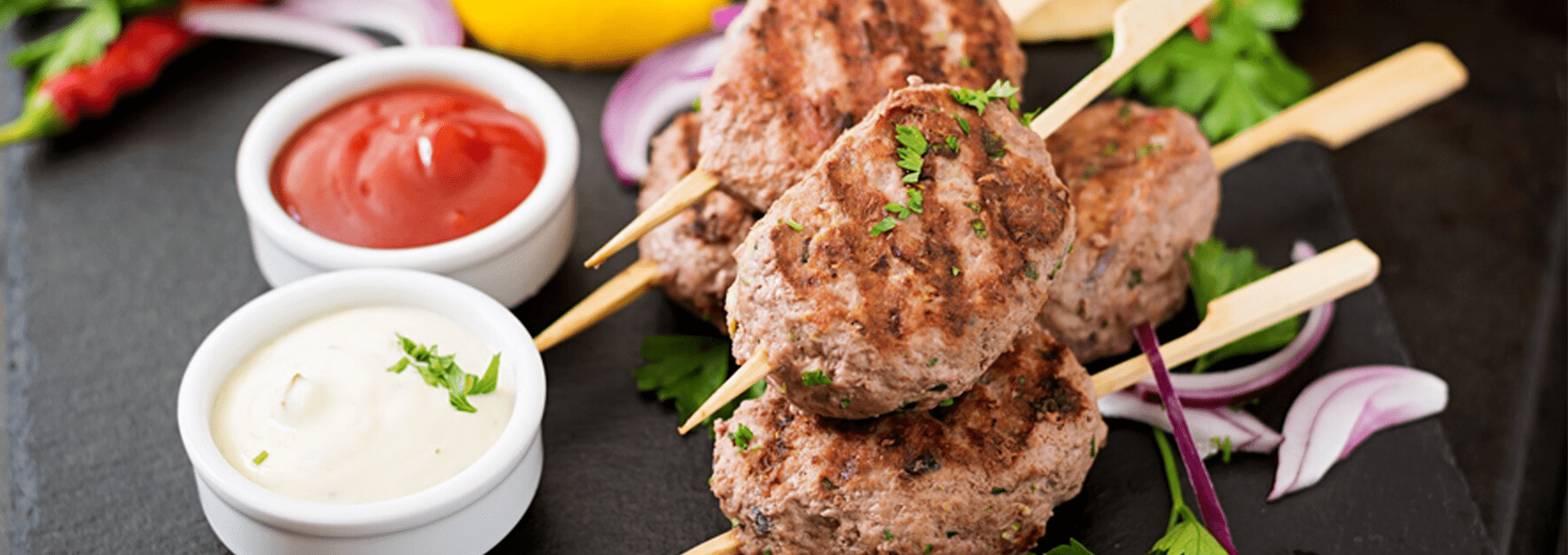
15 Types of Cooking oil and how to use Them
Oils are a nearly indispensable element in homemade meals. They form the basis for many recipes and are a significant part of multiple cooking techniques. Oil is essential whether baking, roasting, or preparing to fry or sauté your vegetables.
While some recipes specify what types of cooking oils to use, some do not. But have you ever wondered why a particular oil is used in a specific dish when many options are available?
No oil is created the same, and there are some things you must consider when choosing the best oil to use for cooking. Read the article to learn about different types of cooking oil and their uses!
15 Types of Cooking Oil
A walk through the cooking oil section can be overwhelming. Each oil comes with varied tastes, smoke points, and nutritional value. Picking which oils suit your food preparation needs and well-being is challenging. Below are some options with distinct features to help you learn which type of cooking oil is good for health.
1. Coconut Oil
Coconut oil is a household name. Its sweet, nutty essence adds a touch of the tropics to any food item. Its creamy texture makes it a good substitute for butter. It has a low smoke point and is thus best for sautéing, baking, pan-frying and roasting.
The fats in coconut oil get easily converted to energy and help curb appetite, boost metabolism and aid in weight loss. Coconut oil is also a great moisturizer for hair and skin.
2. Extra Virgin Olive Oil
This highest-quality olive oil is a staple of the Mediterranean diet. This unrefined oil has the characteristic taste of olives. Unlike other olive oils, extra virgin olive oil is untouched by heat or chemicals and has more natural minerals and vitamins. It has a low smoke point. Thus, you can only use it with no to moderate heat. It is excellent for marinades and dips.
3. Canola Oil
This versatile and flavorless oil comes from the rapeseed plant. It is a pantry staple for many chefs because it can be used for almost everything – stir-fry, roast, grill, bake, deep-fry, sauté and pan-fry. It has a comparatively high smoke point.
It has a near-even ratio of omega-3 to omega-6 fats. This dietary ratio is known to help battle arthritis, cancer and asthma. Alpha-linolenic acid present in canola oil helps in weight management.
4. Peanut Oil
A staple in Asian cuisine, it is obtained from the seeds of a peanut plant. Peanut oil is low in saturated fats but high in calories and has a bold, nutty-sweet taste. As it mostly contains monounsaturated fatty acids, it helps upping the good cholesterol and lowering bad cholesterol. It has a high smoke point, which makes it a favorite for frying.
5. Avocado Oil
The super versatile and delicious avocado oil is often considered the Matthew McConaughey of oils. This heart-friendly oil has anti-inflammatory properties that can prevent heart disease, arterial damage and blood pressure.
Its high smoking point and delicious taste suit almost any dish. Its rich buttery flavor also makes it tasty as a topper. Its nutrients are known to be good for your eyesight and heart.
6. Ghee
Ghee or clarified butter is a staple of Indian cuisine. Since the milk protein is removed while making butter, you can have it even if you are lactose intolerant. This richly flavored oil has a high smoke point and can thus be used for various cooking techniques such as roasting and sautéing.
7. Rice Bran Oil
Rice bran oil is an unsung hero among cooking oils. The high smoke point makes it suitable for various cooking methods like sautéing, stir-frying and deep-frying. The oil is rich in heart-healthy polyunsaturated and monounsaturated fats and an excellent Vitamin E source.
8. Pumpkin Seed Oil
Pumpkin seed oil is highly nutritious, with a nutty flavor and a rich green color. It is packed with vitamins K, A and E and omega-6 and omega-3 fatty acids. It is ideal for low-heat baking or light sautéing. You can use pumpkin seed oil for dips, marinade base, and salad dressing.
9. Walnut Oil
Walnuts offer various nutrients, including excellent zinc, iron, magnesium, calcium and omega-3 fatty acids and provide multiple nutritional benefits. It has a rich, nutty flavor. Walnut oil is known to help your body respond better to stress and keep your diastolic blood pressure levels down.
However, walnut oil can become bitter when cooked at high temperatures. Using it as a dressing for pasta and salads is better, or you can also make a chocolate hazelnut spread.
10. Sunflower Oil
Sunflower seed oil offers a load of impressive health benefits. It can lower bad cholesterol, help fight cancer, improve heart health, and boost energy. The high smoke point makes it suitable for searing fish, chicken or tofu. It is a great source of Vitamin E. However, since it has a high concentration of omega-6, it can cause inflammation if you consume it in excess.
11. Vegetable Oils
Vegetable oils are a concoction of refined oils like corn, canola or soybean oil rather than derived from one plant type. This oil has a neutral flavor. Vegetable oils have a high smoke point; thus, you can use them to stir-fry, bake, grill, roast, pan-fry and deep-fry. The fat breakdown in vegetable oils depends on the blend.
12. Grapeseed Oil
Grapeseed oil has almost nonexistent taste and does not overpower other ingredients. It is an excellent source of vitamin C and essential fatty acids. However, since it contains higher amounts of omega-6, consume it in moderation, as it can cause weight gain and increase inflammation. Grapeseed oil has a high smoke point. Hence, you can use it for almost any cooking, whether roasting, sautéing or frying.
13. Sesame Oil
Sesame oil is another staple of Asian cuisine. While regular sesame oil has a subtle flavor, dark or toasted sesame oil has a strong nutty and umami flavor. You can use it to sauté or for stir-frying. You can pair it with garlic or soy sauce while making sauces.
14. Hemp Seed Oil
Hemp oil has properties that can help lower cholesterol, control metabolism and heal skin. It has a subtle, nutty and grassy flavor. It is an excellent source of necessary fatty acids, but it is best not to heat it. You can use it for dressings and dips instead.
15. Flaxseed Oil
Flaxseed oil has a nutty and bitter taste. It has a dense flavor, and a little can go a long way. Its low smoke point makes it ideal for dips and dressings and such. Ingesting flaxseed oil is a natural way to deal with constipation, and it can also positively affect your digestive system. It is also good for cardiovascular health and reduces high cholesterol.
How to Use Cooking Oils?
You can use your favorite cooking oils in a variety of ways. For instance,
- With extra virgin olive oil, you can make your salad dressings.
- You can use oils with a high smoke point, such as avocado and canola oil, to coat pans to prevent sticking.
- You can substitute oil for butter in your recipes. For instance, instead of using butter, you can use avocado or coconut oil for baking.
- You can sauté or stir-fry with oils having a higher smoke point, such as peanut, avocado or canola oil.
- You can replace margarine or butter and use extra virgin olive oil as a dip.
Conclusion
From the comfort of your home to the sizzling pans of the chef’s kitchen, cooking oils can make the difference between memorable and mundane. As you have reached the end of this flavourful journey, remember that you must choose your oil wisely whether you are frying, sautéing or smoking a delicate vinaigrette. Since not each type of oil can be found everywhere, you can search for the types of cooking oil in India if you are located there.


